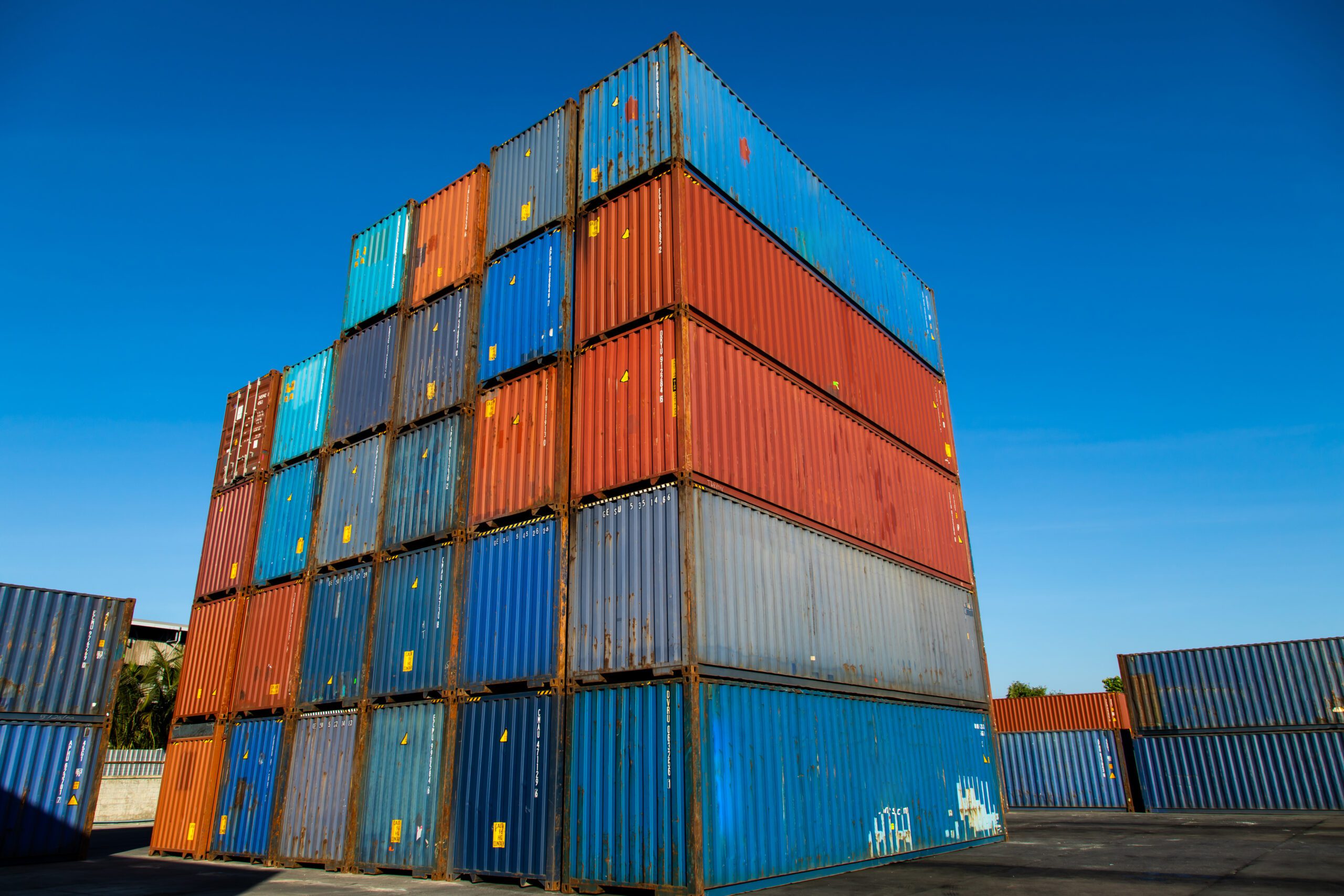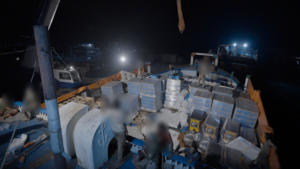
The year 2022 was all about tight capacity and exceptionally high container rates. Towards the latter half of the year, the prices started to plummet and continue to crash as we transition into the new year, according to the market forecaster issued by Container xChange, the online container logistics platform.
Container xChange, says that there is significant market volatility that continues to disrupt the container shipping industry. With a significant oversupply of containers and a further influx of more TEUs in 2023, shipping lines continue to reduce vessel capacity and suspend services by considerable blank sailings. In a recent advisory, Maersk indicates that it will continue to ‘make capacity adjustments on services from Asia to North America, Europe and the Mediterranean to better align with demand fluctuations.’ We observe a similar trend echoing in the industry.
“In 2023, there is a high possibility of an all-out price war. It doesn’t seem that the capacity restrictions that we have seen in the past two years are due to return, so we’ll just have ample capacity both on the vessel as well as on the container side. With the competitive dynamics in the container shipping and liner industry, I don’t expect especially the big players to hold back, and we do expect prices to come down to almost variable costs. We also foresee market consolidation.” commented Christian Roeloffs, Cofounder and CEO, of Container xChange, an online platform for container logistics.
“Into the year 2023, freight forwarders will be able to go window shopping quite a lot, and there’s going to be a lot of room for negotiation, especially in the early parts of the year. Contract rates will follow suit as spot rates fall significantly,” Roeloffs added.
“We will continue to see efforts towards diversification of supply chain sourcing and manufacturing out of China. This is a long-term view, and it will need vision and strategy from companies looking for a more resilient supply chain. We will witness increased container volumes intra-Asia and more countries will emerge as potential alternatives like Vietnam, India and more.”
As Dr. Johannes Schlingmeier, cofounder and CEO, Container xChange says “Tight grip on costs becomes paramount for freight forwarders into the year 2023. While on one hand there will be a great deal of negotiation with shipping lines and on the other hand, operational cost optimisation will be crucial for the forwarders”.
As he said, there will be “careful monitoring into the demurrage and detention charges for instance, insurance charges, claims etc. As capacity on the ocean side becomes more abundant, there is a valid business case for using SOCs which not just offer flexibility but greater control to the forwarders.”
As the market forecaster issued by Container xChange says, the pre-peak season in 2022 saw record container throughput in import-heavy ports. Now that the stocks have been filled, the demand is plummeting. Inflation and the energy crisis are leading up to cautious spending which will have its own impact on the container industry. As it is furthermore mentioned, “the shipping industry will survive this, and will again start to see normal activity levels in the future, though not immediate future”.
Source: Container xChange


